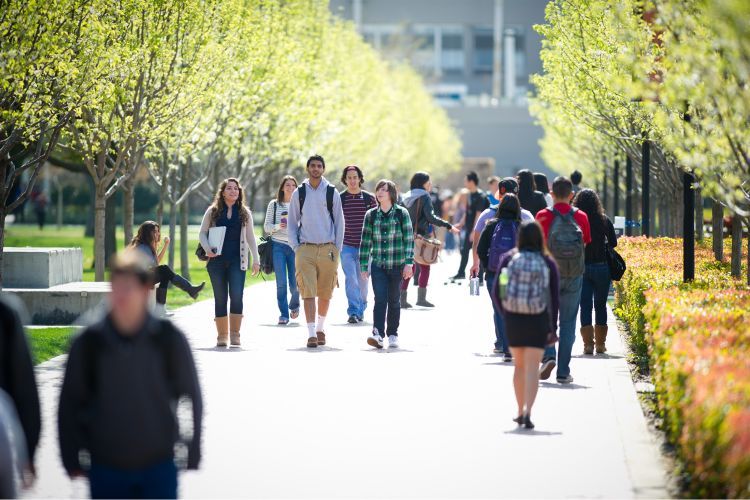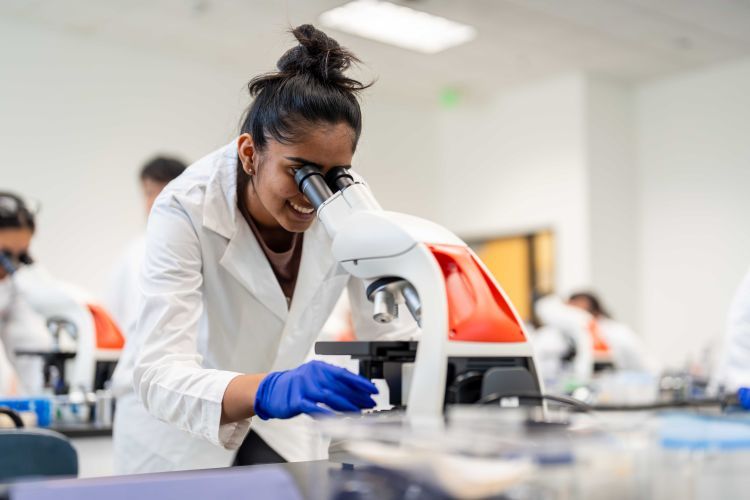Breadcrumb
Pacific professor finds advantages with remote learning

Pacific speech and language pathology professor Madhu Sundarrajan.
Social distancing measures and the subsequent shift to remote learning, has led to many new challenges in higher education. Faculty and students have had to embrace technology and bring their classrooms into their homes. For University of the Pacific speech and language pathology professor Madhu Sundarrajan, this transition has made her think outside the box to figure out new ways to meet students where they are.
"When we transitioned to remote learning last spring it was so quick and challenging," said Sundarrajan. "But, once you got beyond longing for in-person instruction and embraced the positives that came with remote learning, there were an incredible amount of options available to you as a professor."
The big difference between Sundarrajan's classes this fall and the ones she had to adapt last spring is that students can look forward to exercises in expectation-setting, building camaraderie and creating rituals for class to help them get to know one another.
One of the ways expectations are being set, students will have to answer questions from their reading to be able to log in into the Zoom call to show they are ready for class.
"To be able to answer the questions, you have to be prepared," said Sundarrajan. "It is a great way to know if students are keeping up with their work and confirm they are prepared to have meaningful discussions."
Once they are on the call, students will begin every class with a three-minute breathing exercise to help center themselves and direct their focus to their work.
“I have to give credit to Leslie Bayers at Pacific’s Center for Teaching and Learning for this idea,” commented Sundarrajan. “I really hope this will help everyone get into the right mindset at the beginning of each class.”
To help build camaraderie, Sundarrajan plans to play games when reviewing content. One of her favorite games is playing “two truths and a lie” to test students’ knowledge and try to have some fun.
In class, Sundarrajan has found that there are some added benefits to having her classes on Zoom versus an in-person setting. She likes having the ability to split up students into breakout groups. Often students would work with the same people in small groups, but this option gives her the ability to choose which students work together.
“In some ways, remote learning gets people out of their comfort zone and forces them to hear new voices,” said Sundarrajan. “I feel quieter students are more vocal in this environment and it makes our conversations even better.”
Away from class, Sundarrajan’s students can expect to use different forms of multimedia for their projects instead of having them write a paper or do a PowerPoint presentation. They will be creating a PSA on YouTube to engage or educate the public on a certain topic.
“I’ve really tried to embrace technology and meet students where they are,” Sundarrajan said.





